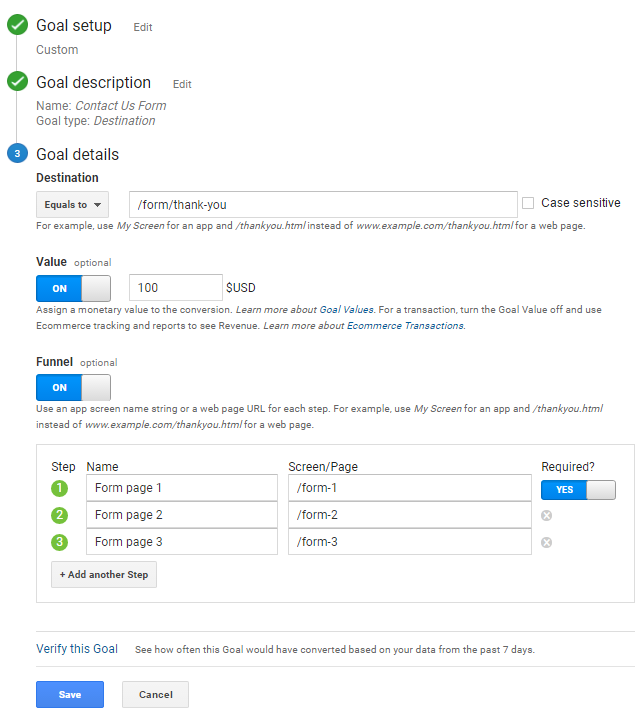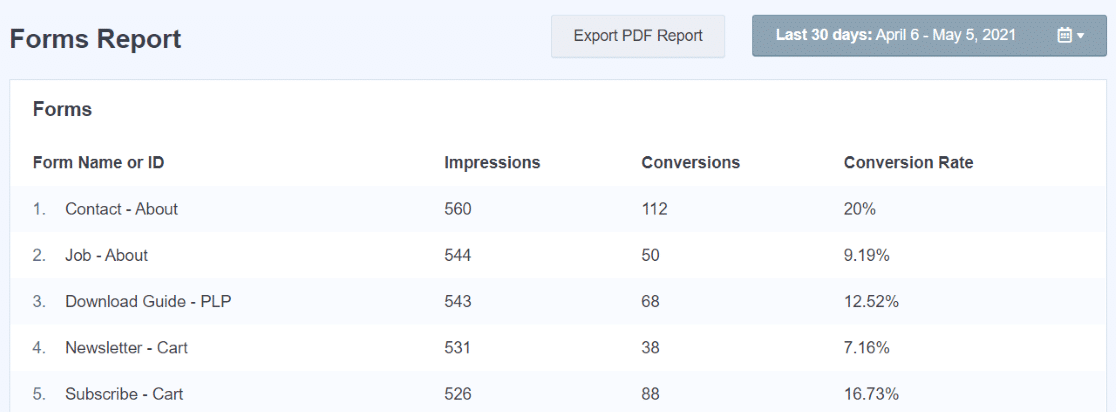What Data Is Google Analytics Goals Unable to Track and Why
What Data Is Google Analytics Goals Unable to Track and Why
Blog Article
Revealing the Blind Destinations: Recognizing What Google Analytics Goals Can not Measure
In the world of electronic analytics, Google Analytics stands as a powerful tool for monitoring and examining on the internet user communications. Comprehending what Google Analytics goals can not gauge is crucial for gaining a thorough sight of individual behavior and involvement.
Individual Habits on External Platforms
Understanding just how customers connect on outside platforms is essential for optimizing online methods. External systems, such as social media sites networks, reference web sites, and on the internet forums, play a significant role in driving traffic to a firm's web site. By evaluating customer habits on these platforms, organizations can get important understandings right into the effectiveness of their advertising and marketing efforts and the choices of their target audience.
One key facet of user behavior on exterior systems is the referral resource. By tracking where the users are coming from, organizations can identify which platforms are driving one of the most traffic to their website. This information can aid companies allot their resources better, concentrating on the systems that generate the finest outcomes.

Offline Conversions and Interactions
Evaluating individual actions on external systems provides useful insights into on the internet techniques; nonetheless, thinking about offline conversions and interactions is just as necessary for a comprehensive understanding of a firm's overall performance. While Google Analytics stands out at tracking on-line communications, it falls brief in recording the complete client trip that frequently includes offline touchpoints. Offline conversions, such as in-store purchases or phone questions, play a considerable duty in lots of businesses' success. Ignoring these interactions can result in a distorted view of the effectiveness of marketing projects and total organization efficiency.

Attribution Beyond Last Click
When diving right into the realm of digital advertising analytics, it comes to be important to look past the solitary touchpoint of the last click for a more extensive understanding of acknowledgment. While Google Analytics gives valuable insights right into customer behavior, relying exclusively he said on last-click acknowledgment can be limiting - what data is google analytics goals unable to track. Attribution designs that exceed the last click provide a much more nuanced sight of the client journey, taking into consideration all the touchpoints that lead to a conversion
Acknowledgment past the last click enables online marketers to designate credit history to numerous interactions along the conversion path, offering a more clear photo of the efficiency of various advertising and marketing channels. By checking out multi-touch acknowledgment versions such as direct, time decay, or position-based acknowledgment, businesses can better designate their advertising and marketing budgets and optimize their techniques for maximum effect.
Comprehending the impact of each touchpoint in the conversion process is critical for making notified decisions and making the most of ROI. By embracing acknowledgment beyond the last click, businesses can obtain deeper understandings right into customer actions and tailor their marketing initiatives much more effectively.
Cross-Device and Cross-Browser Monitoring

Likewise, cross-browser monitoring enhances cross-device tracking by catching customer behavior as they change between various web internet browsers. Recognizing how customers interact with websites on different web browsers can aid marketers enhance their on-line experiences to guarantee uniformity and capability throughout various systems.
Qualitative Data and Individual Intent
Recognizing customer intent through qualitative data analysis is important for creating targeted electronic marketing strategies that resonate with the requirements and choices of the target audience. Qualitative data supplies understandings into the 'why' behind user actions, losing light on motivations, emotions, and choices that quantitative data alone can not record. By examining customer comments, comments, and interactions, online marketers can uncover important information concerning customer intent, permitting them to customize their messaging, material, and offerings to better align with what their audience is looking for.
Qualitative information likewise helps in understanding the context in which customers involve with an internet site or application. This contextual understanding makes it possible for marketing experts to create more individualized and pertinent experiences, inevitably driving greater involvement and conversion prices. By diving right into customer intent with qualitative data analysis, companies can acquire a much deeper understanding of their target audience, causing a lot more efficient advertising and marketing methods that fulfill users' expectations and requirements.
Conclusion
To conclude, Google Analytics goals have constraints in measuring customer behavior on exterior platforms, offline conversions, acknowledgment past last click, cross-browser and cross-device tracking, and qualitative data connected to individual intent. what data is google analytics goals unable to track. It is very important for services to be aware that site of these dead spots in order to supplement their data evaluation with other tools and approaches to obtain a much more comprehensive understanding of their target market and enhance their overall digital advertising and marketing approaches
By evaluating customer behavior on these systems, services can acquire important understandings right into the performance of their advertising initiatives and the choices of their target audience.
Examining individual behavior on exterior systems provides beneficial insights into on the internet strategies; however, taking into consideration offline conversions and communications is similarly crucial for an extensive understanding of a company's total efficiency.In digital advertising and marketing analytics, moving beyond last-click acknowledgment to check out cross-device and cross-browser tracking is necessary for acquiring a holistic understanding of customer interactions across various platforms and devices. By analyzing user feedback, remarks, and communications, marketing experts can uncover valuable info about customer intent, permitting them to customize their messaging, web content, and offerings to much better line up with what their target market is looking for.
By diving into user intent through qualitative information evaluation, organizations can acquire a much deeper understanding of their target audience, leading to a lot more reliable advertising approaches that meet individuals' needs and assumptions.
Report this page